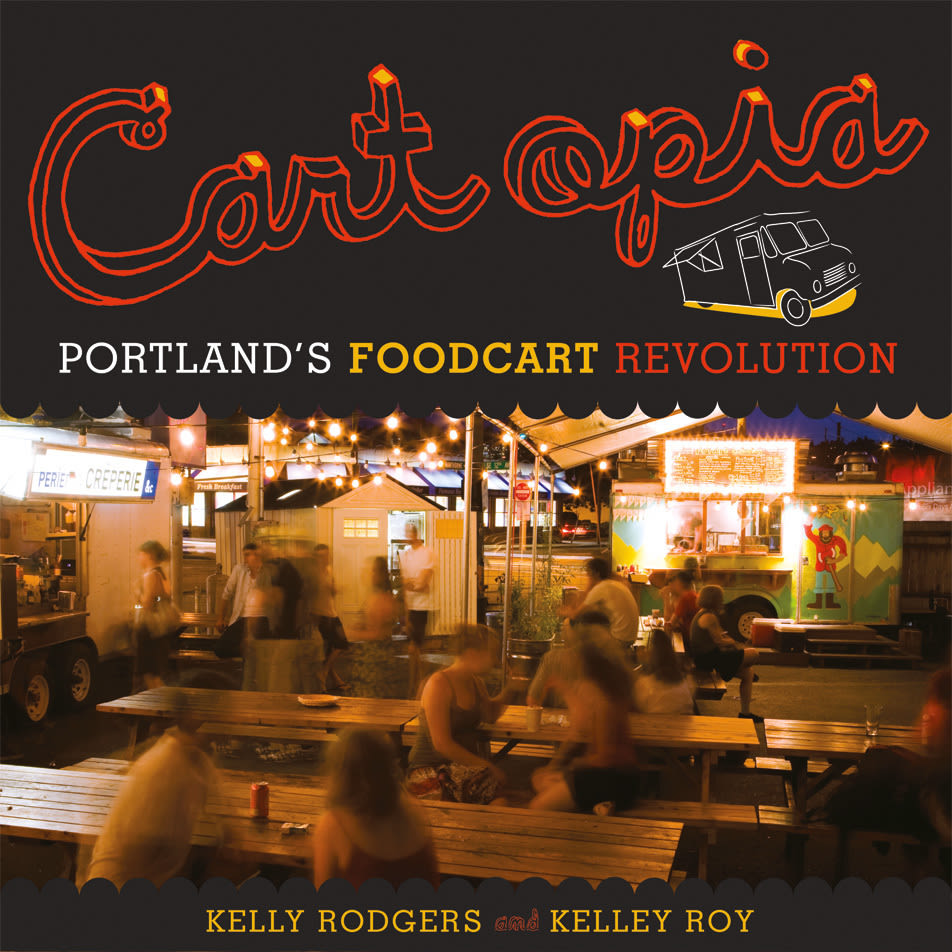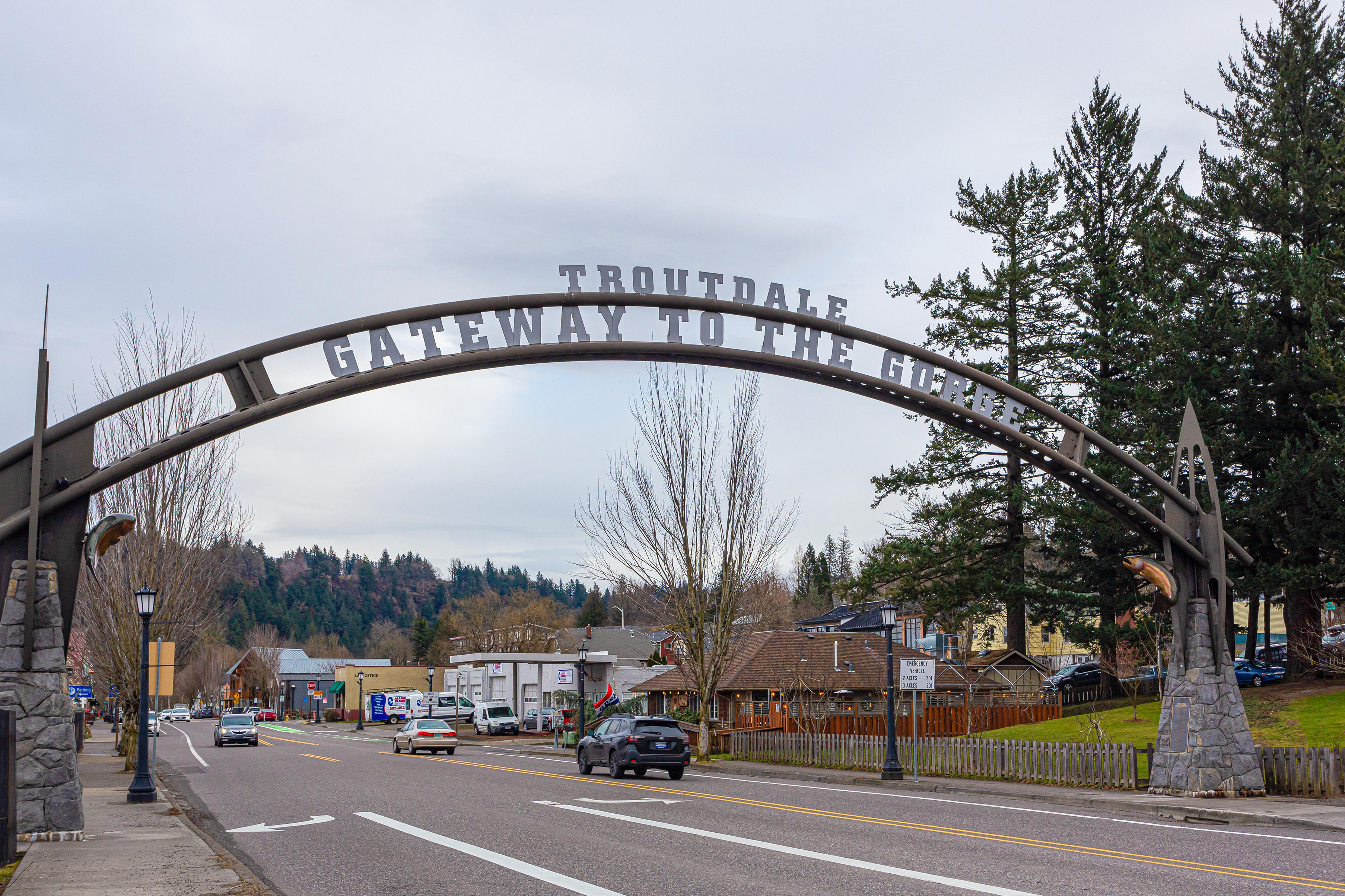Food Carts: The Book of Genesis

IN THE BEGINNING—1965—there was Maury Dragoon and his Hebrew National hot-dog cart installed across the street from City Hall, doling out freebies to the electeds. According to Cartopia: Portland’s Foodcart Revolution, the first comprehensive look at the city’s exploding street-eats scene, thus began Portland’s food-cart culture.
Developed by urban planning consultant Kelly Rodgers and strategic planner Kelley Roy, with contributions from prominent architects such as Carol Mayer-Reed and food-cart devotees like Brett Burmeister (the indefatigable blogger at foodcartsportland.com), Cartopia charts the history, the culture, and even the slang of food carts. (Try dropping “cartivore,” “cartitecture,” or “cartepreneur” into your next party conversation.)
The inspiration, says Rodgers, came from the architecture and the food. But as the duo delved deeper, they discovered a business story: “The carts are fabulous in how they activate the streets,” Rodgers says, “but what’s most interesting is how they’ve signaled a shift to a more micro-scale economy that makes it easier for small entrepreneurs to get a start.”
Scheduled for release this October, Cartopia, like the carts themselves, is a DIY effort. (At press time, Rodgers and Roy—a.k.a. Roy Rodgers Press—had yet to decide between two printers for a first-edition run of 2,000.) But designed by Wieden & Kennedy creative Jen Cogliantry and packed with photographs by Andrew Burdick, it promises to be a fitting tribute to a genuinely Portland phenomenon.




